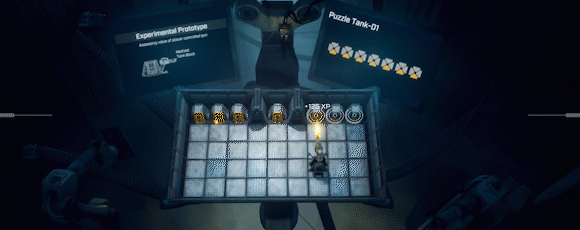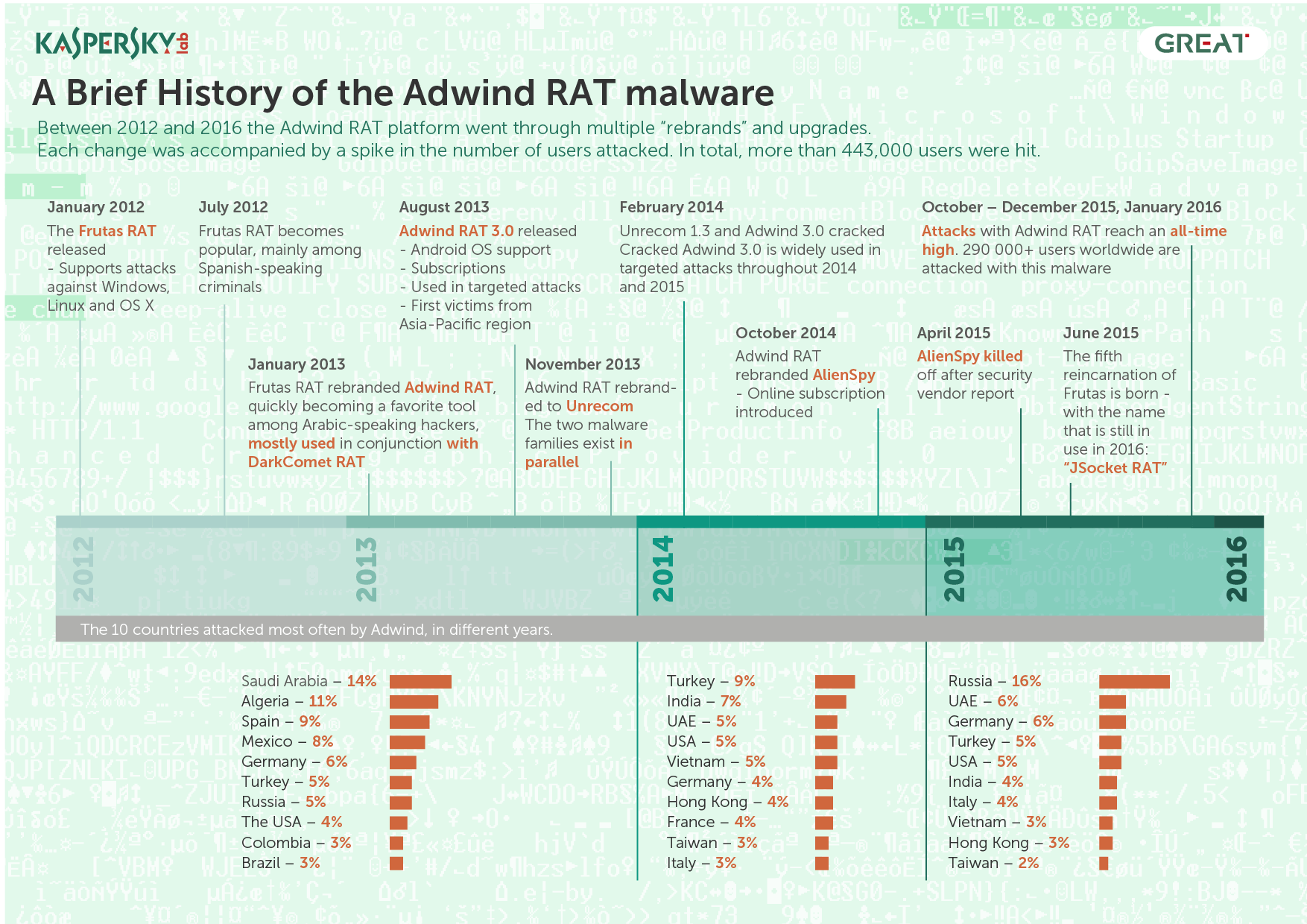- Explore the world of Mac. Check out MacBook Pro, MacBook Air, iMac, Mac mini, and more. Visit the Apple site to learn, buy, and get support.
- Start studying Lab 18-1: Features and Tools of Mac OS and Linux Desktop Operating System. Learn vocabulary, terms, and more with flashcards, games, and other study tools.
MATLAB R2014b and later are fully supported on Mac OS X 10.10 (Yosemite) and 10.11 (El Capitan). We recommend you update to R2014b or later if you are using OS X 10.10 or later. MATLAB R2011a through R2014a may trigger a Java exception and exit on startup on OS X 10.10 and 10.11.
The MAC OS X has a number of gestures. The gesture features in the MAC OS X are dragging two fingers up and down which is meant for scrolling through the page, swiping left and right with two fingers which navigates through a web page, pinching the fingers which zooms the page and clicking using two fingers that is the same as right clicking.
In the MAC OS X, a mouse is not necessary for performing any function. Without using the mouse, to quickly move from one item to the other is done by typing the first letter of the item you want to get to. This helps for easy navigation from one location to another. For instance, a file name “Movies” can be easily reached by typing the letter M.
One can be able to customize the desktop according to his or her own preference. Customizing the desktop of the MAC OS X is done by first clicking the apple icon on the top left corner. Under the apple icon, click next on systems preferences. Under the system preferences, click on “Desktop and Screen Saver” to continue. Once on the desktop and screen saver menu, choose on the picture that best suits. One is able to choose any picture in any folder as well as MAC pictures, iPhoto application and solid colors.
The DOCK is useful on the MAC OS X as it is used to open the applications and documents found at the bottom of the screen.
There are a number of default applications that come with the MAC OS X. The default application found at the DOCK are known as STACKS.
The MAC OS X comes with some default applications with it. Among the default applications that come with the MAC OS X include a documents folder for all the documents, safari browser which is the default browser, facetime application, iTunes an application used for acquiring any media content, and game center for all the games.
In the MAC OS X, the terminal provides a command interface that controls the MAC operation system which is UNIX. As far as the MAC OS X users are concerned, the terminal is useful for a number of operations. This includes copying files and directories, removing, moving, listing, remote login function, exporting, importing, change any settings and services, troubleshooting any problems and many other functions.
A smart folder is a folder that uses a search engine to gather all files by using the type of file as well as the subject. Smart folders update automatically anytime any change is made on the file. Smart folders are useful in that they collect all files that are similar are places them in one location for ease.
Lab Rat Mac Os X
The MAC OS X terminal command line uses the character.
Among the commands used in the MAC terminal command line include Cp, Mv and Rm. Cp is used to copy any files or folder, Mv is used to move any file or folder while Remove is used to remove any file or folder.
| Clarity of Objective | 9 |
| Ability to meet the objective | 10 |
| Value to you as a learning tool | 10 |
| Technical accuracy | 9 |
Going through the lab for the MAC OS X, there was no step that had poor wording or that I could not understand. Each and every step was explained in a way that anyone even the one who is new to information technology can easily understand what is being said.
One thing that I would improve in this lab is more explanation. The lab did not explain some of the features. The lab only mentions them in a light note. For easy understanding, such features should be explained more clearly.
For more than a decade, a debate has rumbled on: are Macs more secure and less prone to malware than Windows computers?
As more malware targeting Macs entered the scene, Windows devotees used that to make the case that Apple’s technology was no more secure than all the others. Mac fans have responded with endless examples of how Windows is targeted much more often.
In the past week, debate has been rekindled by a series of articles questioning Mac security:
- TechRadar reported that Proton – a RAT (remote access trojan) targeting macOS – was circulating in an underground Russian cybercrime forum.
- Forbes published an article about how macOS isn’t as secure as its users think, based on a blog post from Thomas Reed, director of Mac offerings at Malwarebytes Labs.
- Macworld didn’t directly address those articles in a piece it published Monday about Mac security, but it did acknowledge the threats are real.
In the big picture, which operating systems attract more malware is beside the point. Windows may be targeted more often, but if you’re the Mac user who gets victimized by tainted code, the tally doesn’t matter. For Mac users, the important thing is to raise awareness of the threats they face and explain what they can do about it.
Below is a look at the Mac malware SophosLabs has intercepted, analyzed and protected customers against, followed by recent issues Naked Security has written about. From there, we look at some tips to ensure better protection.
View from the lab
Lab Rat Mac Os Download
Mac malware has been studied at length by SophosLabs, and in a 2017 malware forecast released last month, it warned that more threats are coming, including several varieties of ransomware.
Xinran Wu, a senior threat researcher with SophosLabs who specializes in Mac malware, said MacOS tends to be more a victim of nuisance programs known as potentially unwanted applications (PUA) – adware, for example. From his vantage point, Mac malware tends to be more targeted than the drive-by downloads that have caused a lot of past damage across the operating system landscape. He explained:

Over the past few years, there have been limited numbers of malware families discovered each year. Most of them seem to be targeted rather than drive-by. Technically speaking, there are lots of things that are possible for malware. My guess is that the GateKeeper feature and payment required for getting Apple developer accounts to sign and distribute software, coupled with low market share, might have helped with the lack of drive-by malware for Mac platform.
Gatekeeper is a new feature in Mountain Lion and OS X Lion v10.7.5 that builds on OS X’s existing malware checks to help protect Macs from malware and misbehaving apps downloaded from the internet.
Wu said the lab intercepts a lot of PUA families that are constantly being updated and “aggressively pushed” at Sophos customers.
Recent threats
In addition to the malware mentioned in the SophosLabs malware forecast, Naked Security has covered a large number of Mac-based threats. For example:

- On February 28, we wrote about ransomware detected and blocked by Sophos as OSX/Filecode-K and OSX/Filecode-L, written in the Swift programming language.
- On January 24, we wrote about how Apple’s macOS Sierra 10.12.3 security update addressed significant vulnerabilities attackers could use to hijack Mac and iPhone devices.
- On December 14, we wrote about another Mac security update to address vulnerabilities that, if exploited, allowed attackers to hit users with drive-by downloads.
Defensive measures
Now that we’ve mapped out the various threats, let’s delve into some things users can do to protect themselves. First, some suggestions for dealing with ransomware:
- Read our advice on avoiding ransomware. Your best defense against any sort of malware is not to get infected in the first place.
- Listen to our podcast on dealing with ransomware. We explain what you need to know in plain English.
- Make regular backups and keep at least one copy offline. Ransomware is only one of many sudden ways to lose your precious data.
- Try our free Sophos Home product to protect your Mac. Anti-virus and web filtering is for everyone, not just for Windows.
Other tips:
- Consider using a real-time anti-virus on your Mac, even (or perhaps especially) if you have managed unharmed for years without one.
- When Apple releases a security update, don’t put it off. Download it immediately.